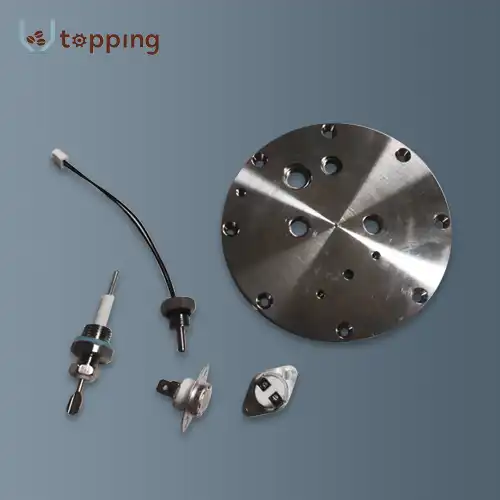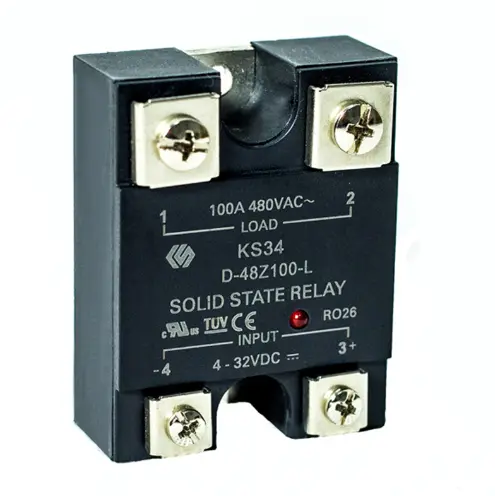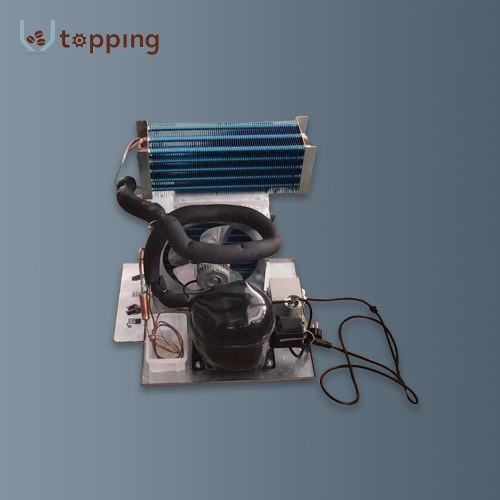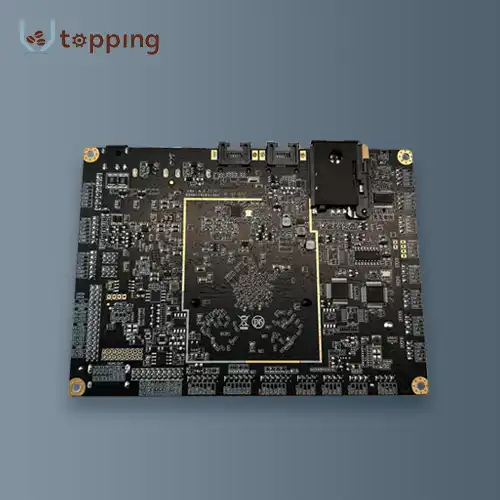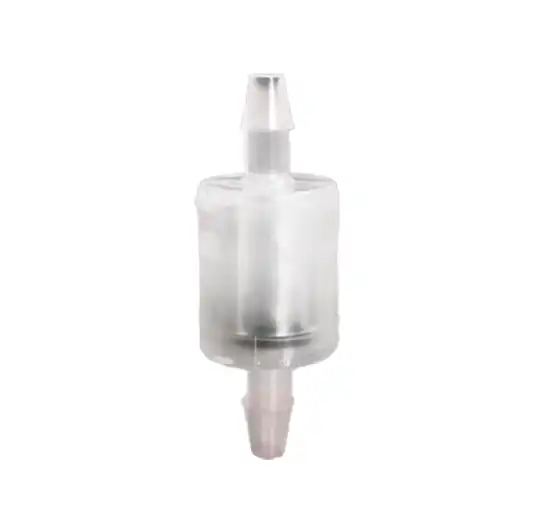What Factors Should You Consider When Choosing a Coffee Cup Dispenser?
2024-07-17 15:46:48
Introduction
Picking the right espresso mug container for your candy machine is a basic choice that can influence both the effectiveness and fulfillment of your clients. Understanding the key factors that influence this choice is essential in light of the many options available. In this blog post, we'll talk about the most important things to think about when choosing a vending machine cup dispenser, especially for vending machines. We'll look into three important questions: What is the limit of the allocator?", " How does the dispenser keep itself clean?" and "What costs are associated with various dispenser types?" You will have a better idea of what to look for in a coffee cup dispenser for your vending machine by the time you get to the end of this post.
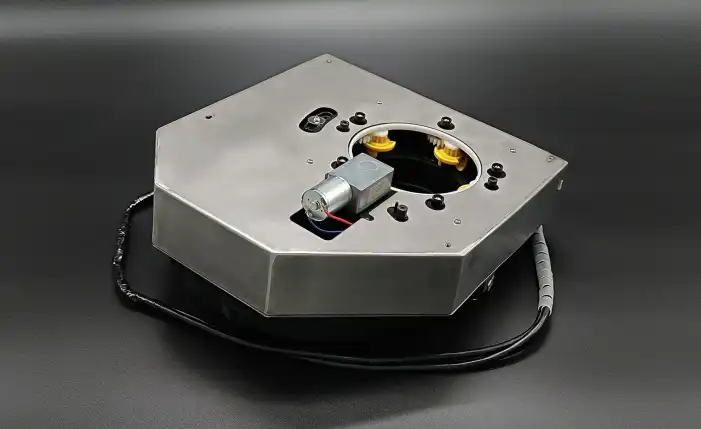
What is the Capacity of the Dispenser?
While picking an espresso mug distributor, quite possibly the earliest thing to consider is its ability. This is especially significant for candy machines that experience high traffic. The limit of a container decides the number of cups it that can hold prior to waiting be topped off. A machine with a higher capacity can ensure that it is always ready to serve customers and that maintenance is performed less frequently.
Importance of Capacity
A distributor with an enormous limit is critical in occupied conditions like places of business, clinics, or malls where the interest for espresso is high. Customers may become dissatisfied and lose business if the vending machine cup dispenser frequently runs out of cups. Additionally, frequent refilling can be time-consuming and disruptive to the vending machine's efficient operation.
Types of Dispensers by Capacity
Dispensers come in various sizes, typically measured by the number of cups they can hold. Some common options include:
Small Capacity Dispensers: Ideal for low-traffic areas, these can hold around 50-100 cups.
Medium Capacity Dispensers: Suitable for moderate traffic, these dispensers can accommodate 100-300 cups.
Large Capacity Dispensers: Best for high-traffic areas, capable of holding 300 or more cups.
Choosing the Right Capacity
To determine the appropriate capacity for your needs, consider the following factors:
Location and Traffic: Assess the average number of users the vending machine will serve daily. High-traffic areas will benefit from larger capacity dispensers.
Refill Frequency: Decide how often you or your staff can refill the dispenser. A larger capacity reduces the need for frequent refills.
Space Constraints: Ensure that the dispenser fits within the available space in the vending machine without compromising other functionalities.
By carefully evaluating these factors, you can select a dispenser that meets the demands of your specific location and enhances the overall efficiency of your vending machine.
How Does the Dispenser Maintain Hygiene?
Hygiene is a critical factor when choosing a vending machine cup dispenser. Customers expect clean and sanitary conditions when using vending machines, especially those dispensing consumables like coffee. Therefore, the dispenser must be designed to minimize contamination and ensure that each cup remains hygienic until it is used.
Hygienic Features of Dispensers
Modern dispensers are equipped with various features to maintain hygiene:
Shielded Compartments: Many dispensers have shielded compartments that protect cups from dust and debris.
Automatic Dispensing Mechanisms: These mechanisms reduce the need for direct contact with the cups, minimizing the risk of contamination.
Easy-to-Clean Surfaces: Dispensers with smooth, non-porous surfaces are easier to clean and sanitize regularly.
Regulatory Compliance
Picking a distributor that conforms to wellbeing and security regulations is fundamental. This lowers the likelihood of health problems resulting from the dispenser's use and ensures that it complies with required hygiene standards. When choosing a dispenser, look for endorsements or certifications from relevant health authorities.
Maintenance and Cleaning
Regular maintenance and cleaning are crucial to uphold hygiene standards. Consider the following practices:
Regular Cleaning Schedule: Establish a routine for cleaning the dispenser, including wiping down surfaces and sanitizing internal components.
Use of Approved Cleaning Products: Use cleaning agents that are safe and effective for use on food and beverage dispensing equipment.
Staff Training: Ensure that staff responsible for maintaining the vending machine are trained in proper cleaning and sanitation techniques.
By prioritizing hygiene, you can enhance customer confidence and ensure that your vending machine remains a reliable and safe source of coffee.
What Are the Costs Associated with Different Types of Dispensers?
The cost of a vending machine cup dispenser can vary widely depending on its features, capacity, and brand. Understanding the cost implications of different dispensers is essential to making an informed decision that balances quality with budget constraints.
Initial Purchase Cost
The initial cost of a dispenser is a primary consideration. Basic models with fewer features tend to be more affordable, while advanced dispensers with larger capacities and additional functionalities can be more expensive. When evaluating the purchase cost, consider the following:
Budget: Determine your budget for the dispenser and look for models that offer the best value within that range.
Features vs. Cost: Assess whether the additional features justify the higher cost. For instance, automatic dispensing mechanisms and larger capacities might come at a premium but can provide long-term benefits.
Maintenance and Operational Costs
Beyond the initial purchase, consider the ongoing maintenance and operational costs associated with the dispenser. These can include:
Replacement Parts: Factor in the cost of replacement parts such as dispensing mechanisms, sensors, or shields that may wear out over time.
Cleaning Supplies: Budget for cleaning supplies needed to maintain hygiene standards.
Energy Consumption: Some dispensers may require electricity to operate automatic features. Evaluate the energy consumption and its impact on operational costs.
Return on Investment (ROI)
Consider the potential return on investment to justify the expenditure. Customer satisfaction can be raised with a high-quality dispenser, resulting in increased usage and, potentially, increased revenue from the vending machine. Also, highlights that diminish upkeep recurrence can bring about cost investment funds after some time.
Money saving advantage Investigation
Direct a money saving advantage examination to gauge the underlying and progressing costs against the advantages given by the gadget. This can assist you in making a sound financial decision that meets both your operational requirements and your financial constraints.
Conclusion
Cost, capacity, and hygiene are all important considerations when selecting the right vending machine cup dispenser for your vending machine. If you know these important things, you can choose a dispenser that makes your vending machine work better and is more reliable, which will ultimately make customers happier.
References
1.Restaurantware. "Coffee Dispenser Buying Guide." Available at: www.restaurantware.com
2.OnCoffeeMakers. "8 Factors to Note for Your Coffee Shop Location Analysis." Available at: www.oncoffeemakers.com
3.Compact Appliance. "How to Choose the Best Coffee Maker: Buyer's Guide." Available at: learn.compactappliance.com
4.CoffeeForests. "How to Choose the Right Cup to Enjoy Your Coffee?" Available at: coffeeforests.com
5.Espresso Machine Picks. "5 Best Coffee Maker with K Cup Option [7 Factors To Consider]." Available at: espressomachinepicks.com
Send Inquiry
Related Industry Knowledge
- Volumetric Counter For Coffee Machine
- How Does Boiler Size Affect Coffee Machine Performance?
- How stable is Control Board For Vending Machine over different temperature and voltage ranges?
- How Does Motor Power Affect Coffee Grinding Speed?
- How much of a difference does a coffee grinder make?
- How Can You Retrofit Your Vending Machine with a Cup Dispenser?
- How does a Coffee Machine Pump work?
- What safety standards and regulations need to be followed when designing vending machine circuit boards?
- What Factors Influence the Selection of Mixing Systems for Vending Machines?
- How Do Mixing Systems Impact the Efficiency of Coffee Vending Machines?"

.webp)
